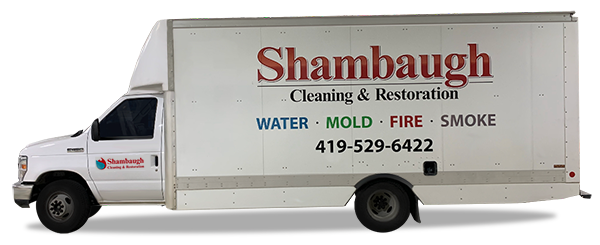We all know that even a small amount of water can equal big damage. With the right restoration techniques, however, you can bring your property back to meet or even exceed its previous condition. But how do you know when all the necessary steps in water damage restoration have been followed?
First, Leave it to the Professionals
The most important part of the water damage restoration process? Don’t do it yourself! Most insurance companies will cover water damage repair only if it’s caught early. Often, a DIY repair project results in mold growth within a few days, a problem most insurance companies won’t cover. When you suspect water damage, call a professional restoration company as soon as possible.
Assessing the Damage
The first step in water damage restoration is evaluating the nature and extent of the damage. The American National Standards Institute (ANSI) provides the Institute of International Cleaning and Restoration Certification (IICRC) accreditation to set the standards for addressing water damage and repair.
During the inspection process, the water damage professional determines the category and class of damage. Each of the three categories can be broken into four classes, both of which work together to measure damage ranging from some moisture to major structural damage, and clean water leaks to life-threatening sanitation issues.
Removing the Water
Removing water as soon as possible is the key to preventing mold and bacteria growth, which can pose serious health and safety hazards. Depending on the extent of the water damage, pumps, vacuums, and other equipment can be used to remove the water.
Drying the Area
Once all the surfaces have been vacuumed, the drying and dehumidification process begins. It can take several weeks for the process to be fully complete.
Cleaning
Even when the area is completely dry, it needs to be cleaned and sanitized to further prevent mold and bacterial growth. The restoration professional may apply microbial treatments to carpeting and drapes and employ air scrubbers to remove particles and moisture from the air.
Restoration
The final step in fixing water damage is restoration, which involves replacing materials such as drywall and insulation. Quality restoration is the crucial finishing touch that brings the property back to pre-damage condition.
If you have water damage, even if you think it’s minor or “fixable” yourself, call a professional immediately. At Shambaugh, we will make sure to get your property back into excellent condition while preventing any further damage or health risks. We work with insurance companies when needed to make sure all necessary work is covered.






